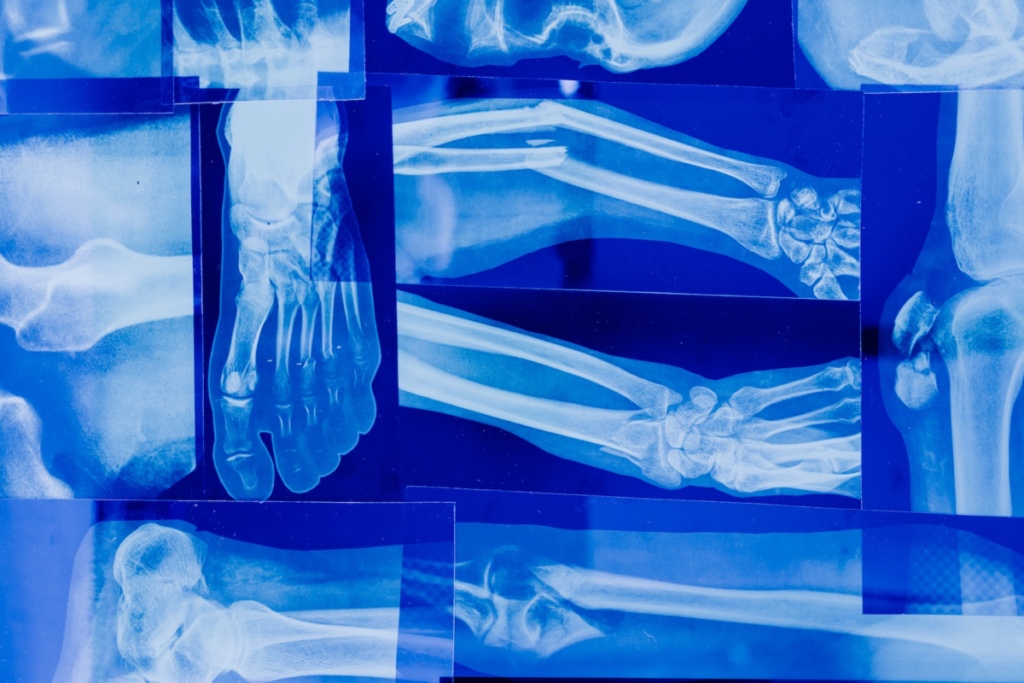
OsteoSight, a new technology designed to utilize subtle signals found in routine X-rays for bone mineral density (BMD) assessment, has received a breakthrough device designation from the Food and Drug Administration (FDA). This achievement has the potential to significantly impact the early identification of osteoporosis and the prevention of fragility fractures.
Developed by Naitive Technologies, OsteoSight not only provides automated BMD estimates but also offers an osteoporosis classification that aligns with World Health Organization (WHO) guidelines. These valuable data points can be seamlessly integrated into radiology reports, enhancing the diagnostic capabilities of healthcare professionals.
Around 54 million Americans have osteoporosis and low bone mass, placing them at increased risk for osteoporosis. Studies suggest that approximately 1 in 2 women and up to 1 in 4 men age 50 and older will break a bone due to osteoporosis. According to projections from the Bone Health and Osteoporosis Foundation, annual direct healthcare costs related to three million osteoporosis-related fractures in 2025 are estimated to reach approximately $25.3 billion.
OsteoSight’s primary focus is the automation of BMD assessments using routine X-rays, which could revolutionize the early diagnosis of osteoporosis cases. By enabling timely interventions, this technology has the potential to prevent fractures and improve patient outcomes significantly.
Dr. Robert Pignolo, an expert in Medicine, Geriatric Medicine, and Gerontology at the Mayo Clinic and a member of the Scientific Advisory Board of Naitive Technologies, stressed the significance of this development: “While treatments are available to slow the progression of bone loss, our primary challenge remains the underdiagnosis of osteoporosis and low bone density. Frequently, patients are diagnosed only after experiencing fractures, missing the window for timely intervention. By proactively screening patients during routine X-rays, we now have a genuine opportunity to identify early bone loss and osteoporosis, ultimately preventing fractures. I am pleased that the FDA has recognized the potential of OsteoSight, and I am looking forward to its impact in clinical practice.”



